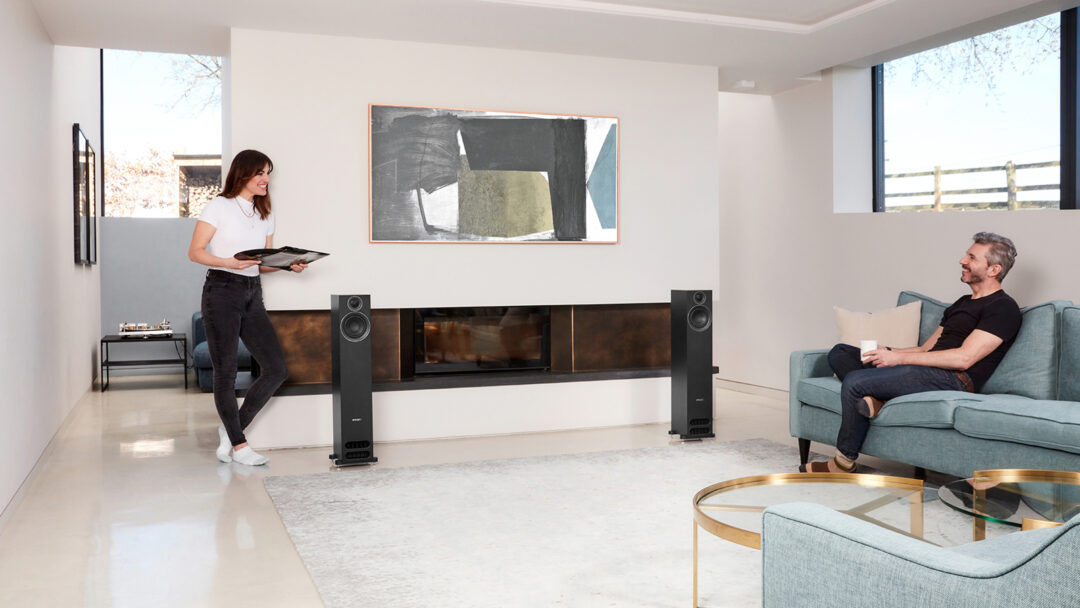Forget that Prodigy are PMC’s budget speakers. Forget that they’re small and only two-way. Forget that they look like they were made in a woodwork shop. Forget everything you’ve thought about small budget speakers.
These speakers play music in an astonishingly honest, engaging and dynamic way. Which is a rarity in this price range.
One wonders how they manage to do it.
When PMC presented the Prodigy series at High-End 2023 in Munich, they said that the demand for a more affordable speaker series was greater than the will to make one. Compromises had to be made to bring the price down. PMC’s DNA had to be preserved, sound quality could not be compromised. The speakers had to sound like real PMC speakers.
I would say they have succeeded beyond expectations.
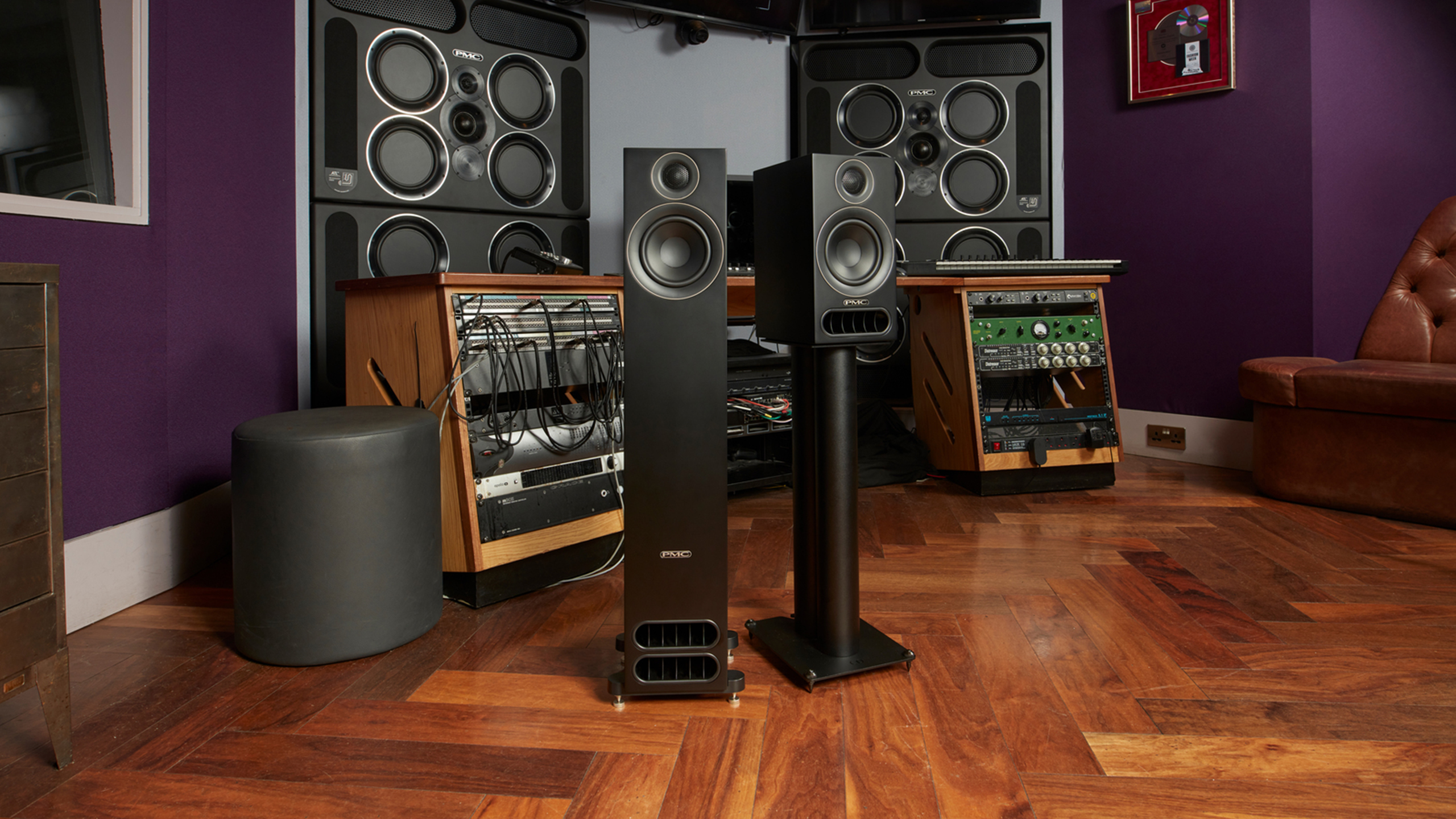
The new Prodigy series consists of two models so far. The compact speaker Prodigy1 and the floor standing Prodigy5. Both are two-way speakers, but with PMC’s own transmission line, called ATL: Advanced Transmission Line.
This is a long channel that is ‘folded’ on the inside of the speakers, stretching the speakers’ ability to play deep bass with a conviction that exceeds the size of the speakers. PMC uses the ATL principle on all its speakers, even the smallest ones that need it most.
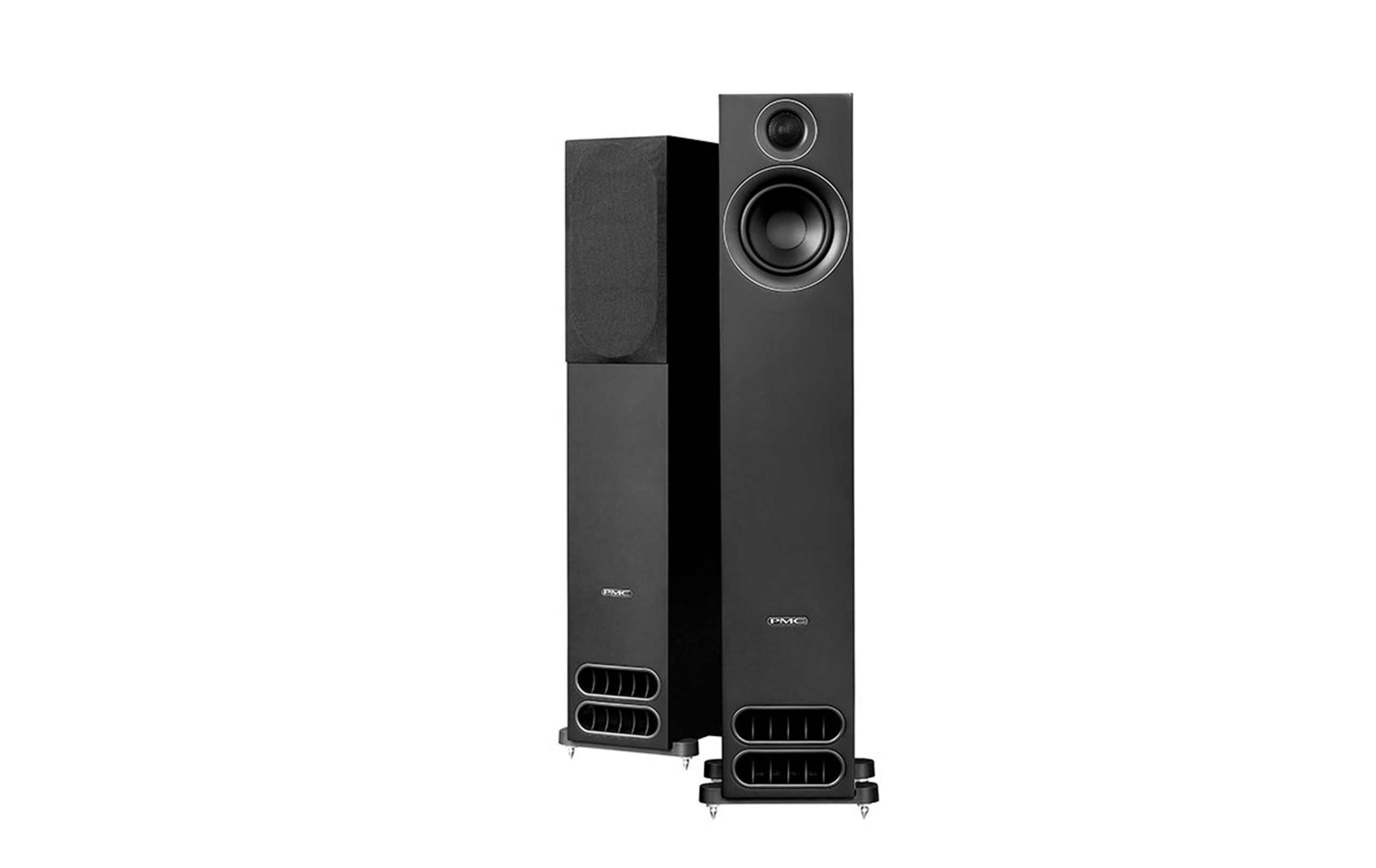
But back to the Prodigy5. It’s actually possible to see where the compromises are here. The silky black lacquer is nowhere near as exclusive as the wood veneer on a pair of Sonus Faber Lumina V. The cabinet weighs 10 kilos and is only 90 cm tall. Quite compact and light for a floorstanding speaker that doesn’t require much internal bracing to dampen resonances.
Below, the feet are moulded in plastic, not steel or aluminium, and the front grill? That’s an extra purchase.
The tweeter is a variation of the same unit used in the PMC active result6 studio monitor. The unit has a 27 mm dome diaphragm placed behind an acoustic grille.
The woofer’s fibre diaphragm is only 13.3 cm and is taken from PMC’s ci series of installation speakers. It sits at the end of a 196 cm long ATL, transmission line that is, and contributes to the exceptionally potent deep bass.
But the ATL also does something else.
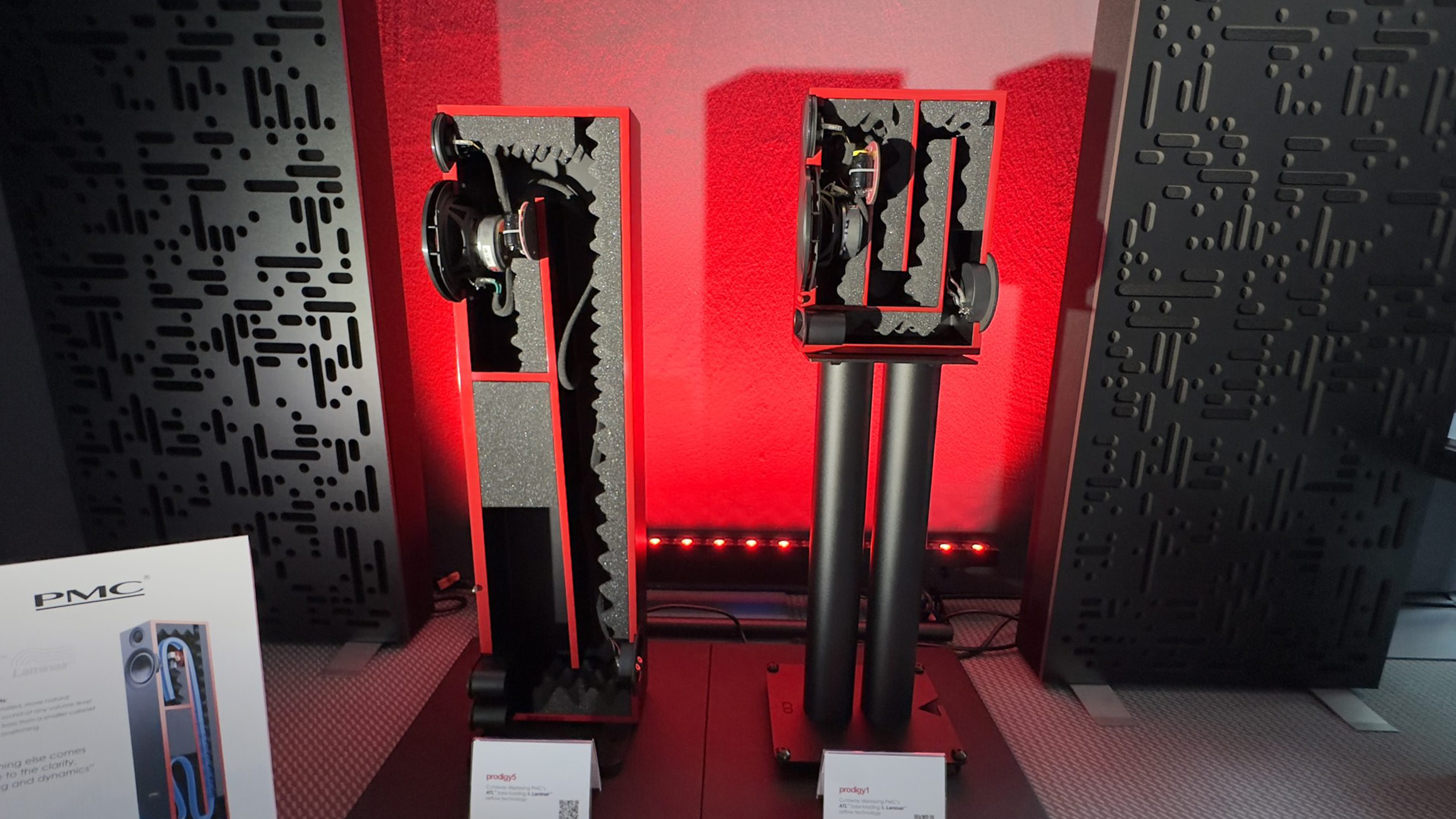
Advanced Transmission Line
The long transmission line is possible because the low frequencies are routed from the woofer, up into the cabinet, then down the entire length of the cabinet before ending up in a chamber with PMC’s Laminair vents at the bottom of the front. PMC’s version of the principle is built on the combination of a carefully calculated bass tunnel – the transmission line – and these valves at the front.
The same is found on all newer PMC speakers with an ATL transmission line. They could do what everyone else does, just put a bass reflex port in the cabinet, but PMC believes this only helps bass sensitivity, not frequency range.
With ATL, the floorstanding Prodigy5 extends down to 35 Hz at -3 dB. The sensitivity is rated at a relatively moderate 87.3 dB, while the nominal system impedance is rated at 6 Ohms.
Takes up very little space
Since the speakers have no bass reflex port on the back, they can be placed very close to the back wall. PMC claims that the dispersion angle is as wide as 80 degrees horizontally and that you don’t need to angle the speakers. In my experience, angling them slightly inwards helps with focus. Especially if you’re sitting close to the speakers.
PMC recommends amplifiers with at least 20 W for the Prodigy5, I started with the 100 W powerful Yamaha A-S3200, but took PMC at their word and connected the new Musical Fidelity A1. With 25 W power per channel.
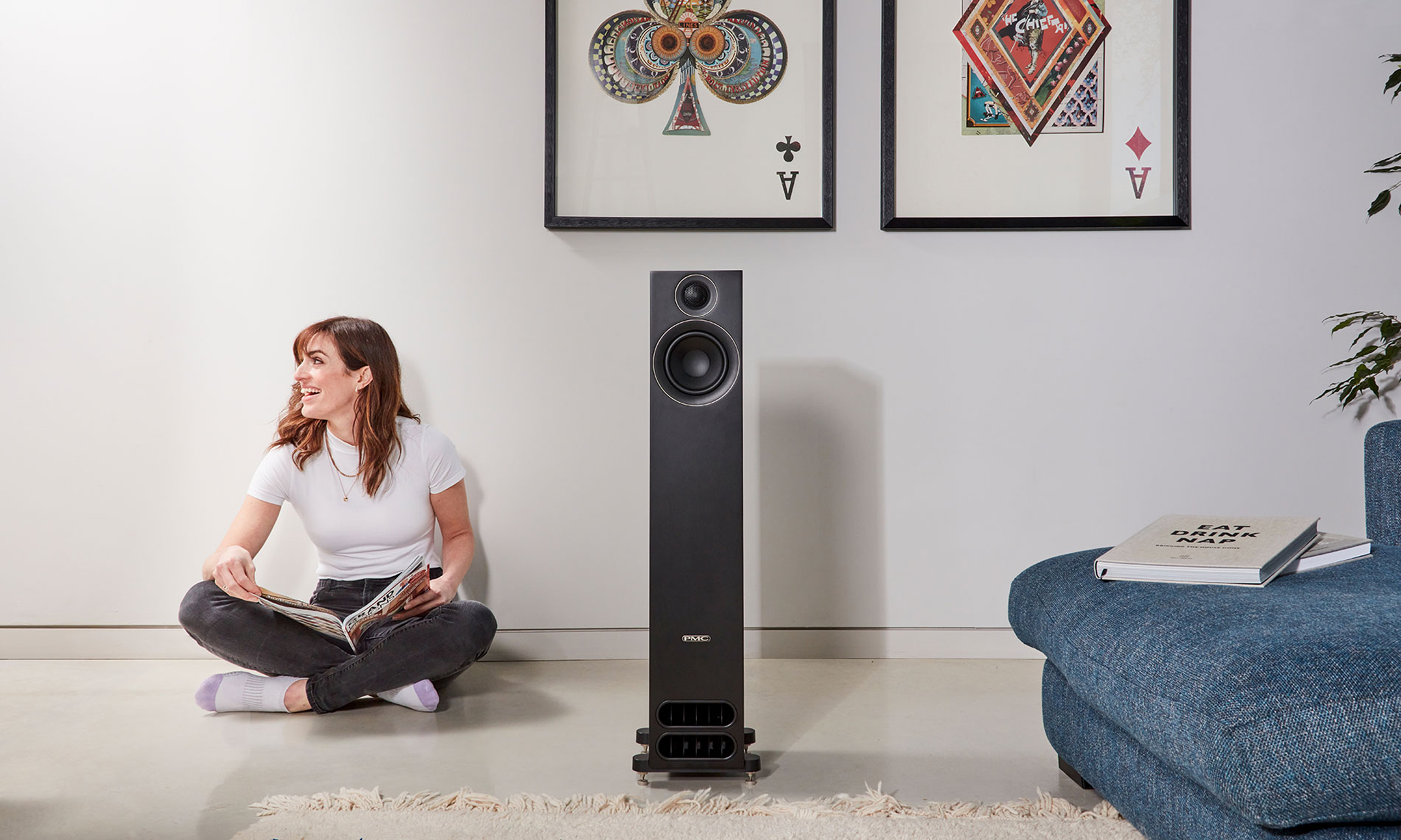
Tight and focused sound
The blazing hot Class A amplifier from Musical Fidelity is far from a powerhouse, but it played easily and effortlessly on the Prodigy5. In fact, the combination sounded so engaging that I sat for a while switching discs while simply forgetting to listen to test.
It was just all about cosiness and comfort.
But regardless of the amplifier, the Prodigy5 has all the qualities I associate with a true PMC speaker. Powerful deep bass, control, openness, focus and balance. Not to mention dynamics. A pair of Lumina III from Sonus Faber has a warmer sound and a slightly fuller reproduction of, for example, double bass, but lacks the deep bass and focus that a pair of Prodigy5 delivers.
The outgoing Bowers & Wilkins 600 S2 series delivers a bigger soundstage, but lacks the dynamic contrast you get here. The brutal Vestlyd V15C plays louder and harder, but lacks the refinement and detail you get from the soundstage of a pair of Prodigy5s.
British-American IMF utilised the rare transmission line principle to shake listeners at their foundations.
The live recording Up For It with Keith Jarrett sounds dense and rich through Prodigy5. The woofer drives the songs forward with a solid foundation that gives the double bass a realistic size in the soundscape. You hear the whole sound of the instrument, not just the strings. The percussion sounds convincingly dynamic, perhaps not with the grand scale of the more expensive PMC Twenty5 24i, but surprisingly fat – considering the size of the woofer. The drum solo on Scrapple From The Apple made me gasp. I’ve never heard such great deep bass in such a small speaker.
Slim speakers with full-grown bass are not easy to find, unless they are called PMC.
The percussion on Sade’s Soldier of Love is so loud that the speakers are deafening. But reproduced with steely control and a sizzle that fills the room without sounding distorted or harsh. Normal bass ports will often gasp for breath when you play loud, but the Laminair ports here are completely silent. Put your ear close and you’ll hear only bass frequencies, no breathing, wind noise or resonances.
Sade’s vocals have warmth and depth from the speakers, perhaps not quite on par with a pair of Rogers LS3/5As, but the vocals sound more nuanced and the midrange is more open than from a pair of B&W 600 S2s. With Copland’s 100W integrated CTA407, the warm glow of the Musical Fidelity A1 is replaced with a crystal clear, smooth and more open sound. Vocals open up, focus tightens, the piano sound becomes warmer, deeper and the bass richer.
Sonus faber Lumina III is the obvious choice of speakers for smaller rooms
You don’t have to be a bass lover to enjoy the speakers. Donizetti’s L’elisir d’amore is an example of speakers mastering everything. The 1989 recording with Kathleen Battle as Adina and Luciano Pavarotti as Nemorino is rendered with adoring warmth, and the vocals sound silky smooth and refined. The soundstage isn’t as big as a pair of Lumina IIIs, but it’s better focussed and dynamics are reproduced with greater contrast.
The unassuming tweeter doesn’t sound like it’s caged in. Instead, it sounds airy and precisely focused, perhaps not as resolved and rich in detail as in the larger Twenty5 24i, but strings and vocals don’t suffer in any way. Not even in the treble.
Conclusion
The tiny PMC Prodigy5 are among the smallest floorstanding speakers we’ve tested. But they just don’t sound like that. There are few speakers in this class that play as controlled, focussed and dynamic as these. No one plays deep bass with the same conviction, yet the speakers are so refined and balanced that they can play anything. The black finish is unlikely to win any design awards, but the sound is worthy of a polished trophy. It doesn’t get much better than this among floorstanding speakers in this class.

We think
Steel firm control from bottom to top. Better deep bass than the competition. Focused and balanced with a soundstage that exceeds the size of the speakers. Great value for money. Black only. Grills are optional.
2390 €
Specifications
- Type: Floorstanding two-way, ATL
- Woofer: 13.3 cm, fibre cone
- Tweeter: 27 mm dome
- Sensitivity: 87.3 dB
- Impedance: 6 Ohm
- Frequency range: 35 – 25000 Hz -3 dB
- Crossover frequency: 1700 Hz
- Max power handling: Not stated
- Recommended amplifier power: 20 – 250 W
- Dimensions/weight: 90 x 16 x 24 cm (HxWxD) / 10 kg
- Colours: Black silk matte, front grille is optional
- Web: pmc-speakers.com
